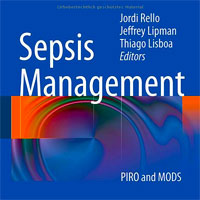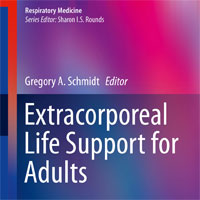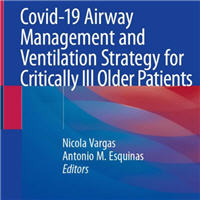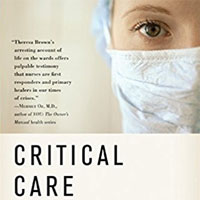Tag: septic shock
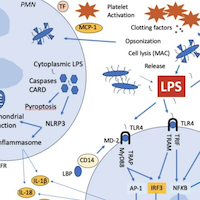
Endotoxin Role in Septic Shock
Septic shock can be caused by a variety of mechanisms including direct effects of bacterial toxins such as endotoxin. Annually, approximately 5–7 million patients worldwide develop sepsis with very high endotoxin activity... read more
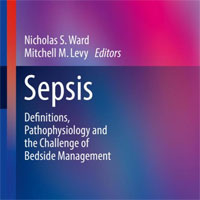
Sepsis: Definitions, Pathophysiology and the Challenge of Bedside Management
A comprehensive and state-of-the-art resource for clinicians who care for patients with sepsis and research scientist alike. Patients with severe sepsis requiring ICU admission have very high rates of ICU and overall... read more
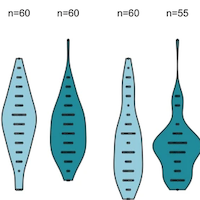
Enteral Citrulline Supplementation vs. Placebo in Mechanically Ventilated Patients
Among mechanically ventilated ICU patients without sepsis or septic shock, enteral L-citrulline administration did not result in a significant difference in SOFA score on day 7 compared to placebo. Of 120 randomized patients... read more
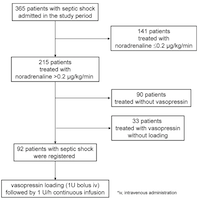
The Vasopressin Loading for Refractory Septic Shock Study
Vasopressin loading may be safely introduced for septic shock. Vasopressin loading may be used to predict responses to its continuous infusion and select appropriate strategies to increase blood pressure. 92 patients were... read more
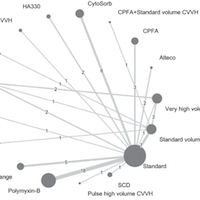
Blood Purification for Adult Patients with Sepsis
Our network meta-analysis (NMA) suggests that plasma exchange and polymyxin-B hemoperfusion may provide potential benefits for adult patients with severe infection or sepsis/septic shock when compared with standard care alone,... read more

Staphylococcus Epidermidis Infections Linked to ICU Septic Shocks
Bloodstream infections caused by Staphylococcus epidermidis (SE-BSI) may lead to septic shock in patients admitted to intensive care unit (ICU), according to a study. For the study, researchers looked at a retrospective... read more
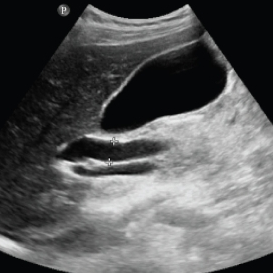
Doppler Ultrasound Identified Venous Congestion in Septic Shock
Venous congestion is a pathophysiological state where high venous pressures cause organ edema and dysfunction. Venous congestion is associated with worse outcomes, particularly acute kidney injury (AKI), for critically ill... read more
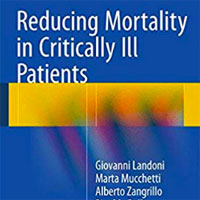
Reducing Mortality in Critically Ill Patients
This book describes the techniques, strategies, and drugs that have been demonstrated by multicenter randomized trials to influence survival in critically ill patients, defined as those who have acute failure of at least... read more
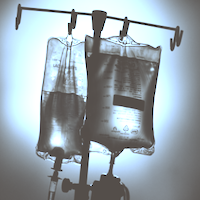
Multiple Electrolytes Solution vs. Saline as Bolus Fluid for Pediatric Septic Shock Resuscitation
Among children presenting with septic shock, fluid resuscitation with MES (balanced crystalloid) as compared with 0.9% saline resulted in a significantly lower incidence of new and/or progressive AKI during the first 7 days... read more

Plasmodium Vivax Presenting with Septic Shock and Disseminated Intravascular Coagulation
Malaria has various causative agents that can have a spectrum of disease manifestations, some potentially fatal. Various species have been established as etiologies of malaria, though our understanding of the severity of... read more
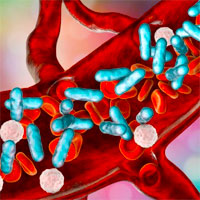
Validation of qSOFA as a Screening Tool for Early Identification of Sepsis Patients
Sepsis and septic shock are major healthcare problems, affecting millions of people around the world each year. The speed and appropriateness of therapy administered in the initial hours of treatment are likely to influence... read more
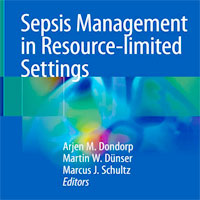
Sepsis Management in Resource-limited Settings
This book is open access under a CC BY 4.0 license. It constitutes a unique source of knowledge and guidance for all healthcare workers who care for patients with sepsis and septic shock in resource-limited settings. More... read more
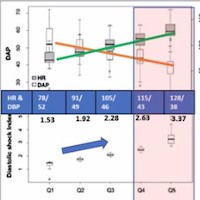
Diastolic Shock Index and Septic Shock Outcome
Early recognition and resuscitation of patients in septic shock are critical skills for an emergency medicine physician. Many clinical decision-making tools have been developed and validated in their use to identify and... read more
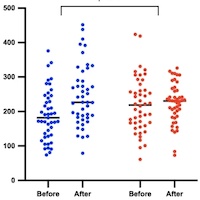
Methylene Blue Reduced Length of Stay in ICU
In patients with septic shock, methylene blue (MB) initiated within 24 h reduced time to vasopressor discontinuation and increased vasopressor-free days at 28 days. It also reduced length of stay in ICU and hospital without... read more

